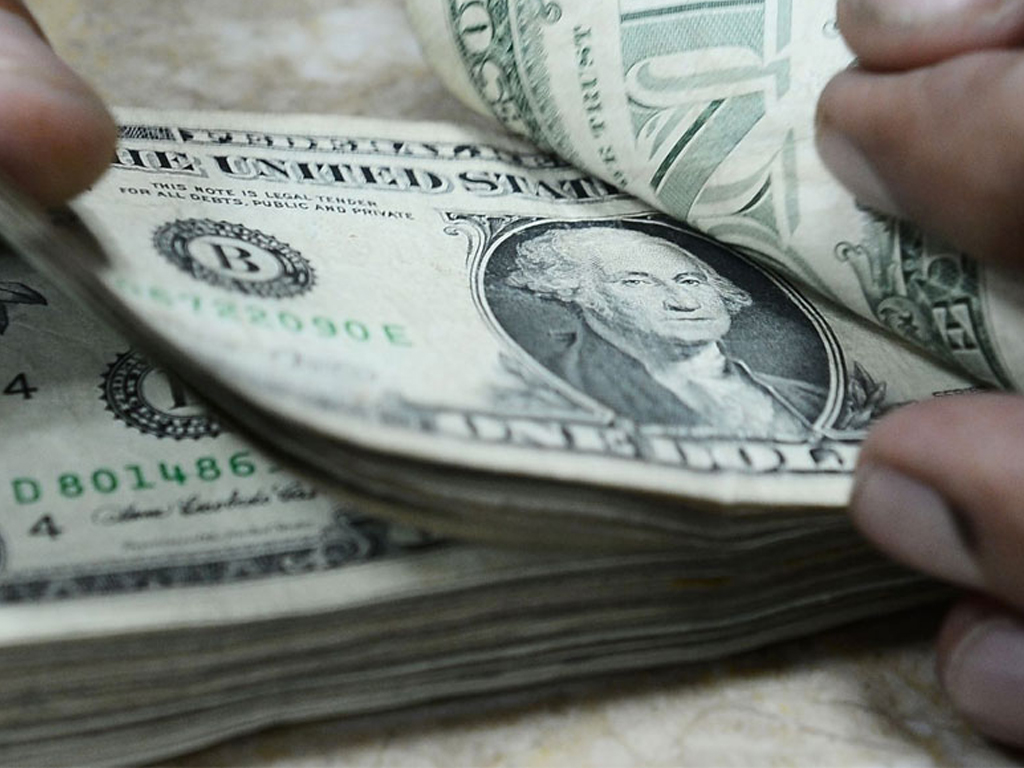Jump in foreign financial inflows

External financial inflows during the current year so far have shown a tremendous growth. According to the latest information released by the Economic Affairs Division (EAD) of the government of Pakistan, foreign inflows stood at dollar 1.62 billion (Rs 258.6 billion) during July-August, 2019 as against dollar 820 million in the corresponding period of last year, showing an increase of almost 100 percent. Total foreign inflows overwhelmingly comprised dollar 1.49 billion of loans and dollar 132 million of grants. Source-wise, the country received about dollar 919 million (Rs 146 billion) from multilateral lenders, dollar 321.5 million (Rs 51.7 billion) through commercial loans and dollar 382 million (Rs 61 billion) from bilateral lenders. Out of the total assistance of dollar 919 million from multilaterals, ADB provided the highest share of dollar 529 million, followed by dollar 285 million by the Islamic Development Bank (IDB), dollar 83 million by the World Bank Group and dollar 22 million by the International Fund for Agriculture Development (IFAD). Among the bilateral lenders, China stood on top of the list with a loan of dollar 158 million followed by Saudi Arabia with a loan of dollar 108 million, dollar 81 million by the UK, dollar 16 million by Japan, dollar 12 million by the US and dollar 6.6 million by Germany. Borrowings of dollar 321 million from commercial banks comprised loans of dollar 148.19 million from Citi Bank, dollar 123.31 million from Dubai Bank and dollar 50 million from Suisse AG, UBL and ABL.
Some aspects of the above data are obvious. The authorities of the country, of late, seem to have made concerted efforts to seek loans from various sources to bridge the gap in the external sector and for some specific projects. Asian Development Bank (ADB) was the highest contributor and its loans were for trade and some specific projects. The ADB was followed by China and its loans were meant largely for Sukkur-Multan Motorway, Lahore Orange Train and Havelian-Thakot Karakoram Highway section. It is also necessary to realise that an overwhelming part of the financial inflows was in the form of loans while the share of grants was small, meaning that a large part of these inflows have to be repaid by Pakistan with interest and, therefore, due provisions in the foreign exchange budget have to be made when the repayments became due. It also needs to be noted that financial inflows were likely to be comparatively much lower if the IMF's umbrella in the form of dollar 6 billion financing facility in exchange for staying the course of agreed reforms was not available to the country. The IMF programme provides a comfort to the lending agencies, bilateral lenders, capital markets, commercial banks and other investors that the country would remain solvent and is a safe place to invest. Hopefully, the foreign inflows would continue to be available to the country as the reform programme seems to have yielded certain desired results. Market-determined exchange rate has started to deliver positive results in the external balance, exchange rate volatility has diminished and tightening of monetary policy had succeeded to contain inflation to a certain extent. As the external financing requirements of the country during the current year are about dollar 8 billion, financial inflows on the current scale are expected to be enough to provide the needed cover.
However, it needs to be stressed that foreign inflows in sufficient amounts are not the panacea of the present ills of the economy, especially if the loans are not utilised efficiently and in an optimal fashion. These kinds of loans, in fact, are needed to be used to enhance the productivity of the economy sufficiently and the repaying capacity of the country in a way so that it is able to repay the loans easily besides generating income and employment within the country. Unfortunately, however, a large part of the loans is squandered through corruption and is used inefficiently in Pakistan with the result that the stock of external debt continues to increase without making the desired impact on the economy and we are mortgaging the future of coming generations. A better way to reduce the dependence on such inflows is the achievement of a sustainable position in the external sector. The present government has taken certain reform measures in this direction which have increased the difficulties of the ordinary households temporarily but are likely to stabilise the economy and put it on a sustainable path of development for the welfare of ordinary citizens in the medium to long-term.
























Comments
Comments are closed.